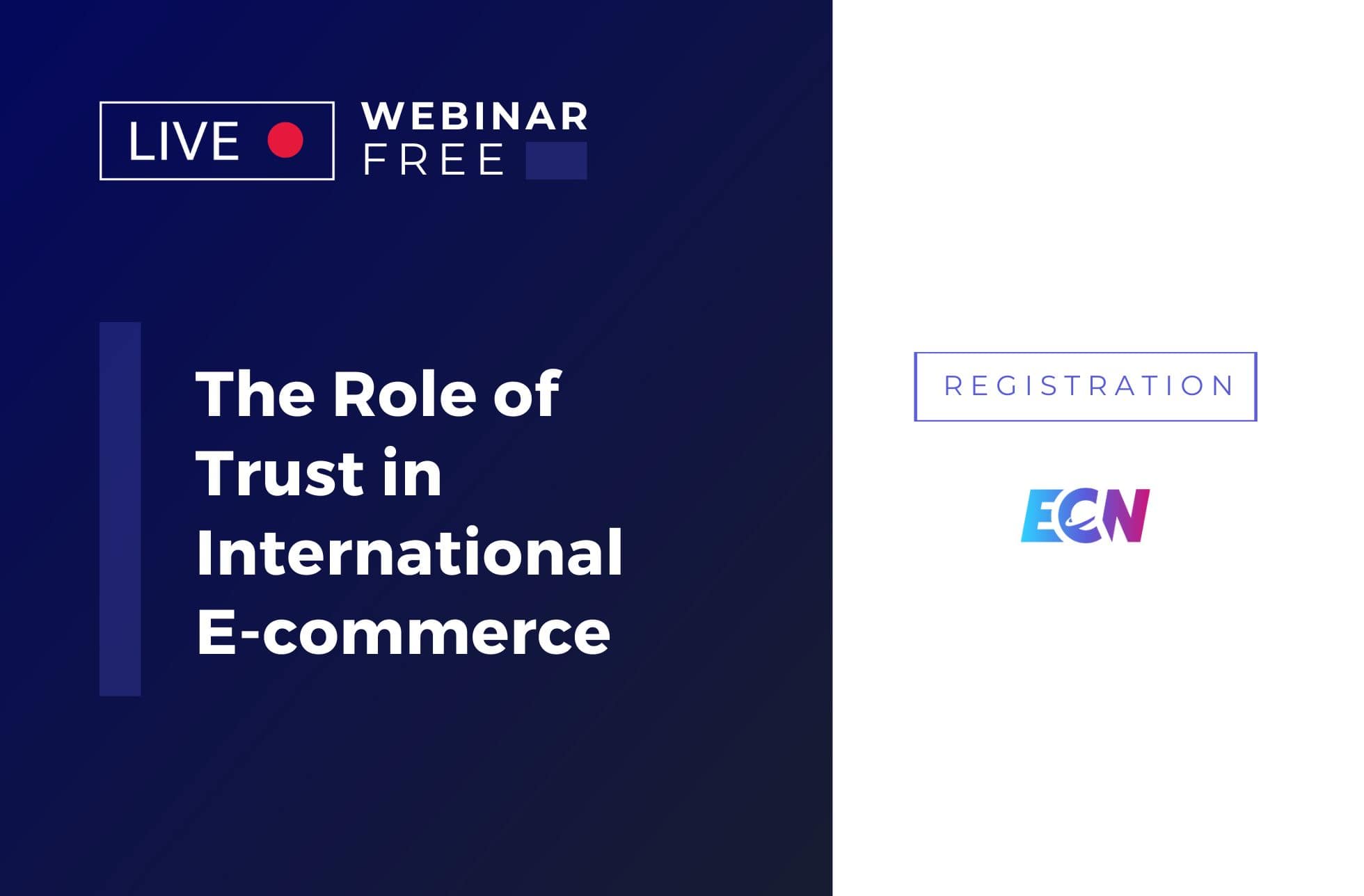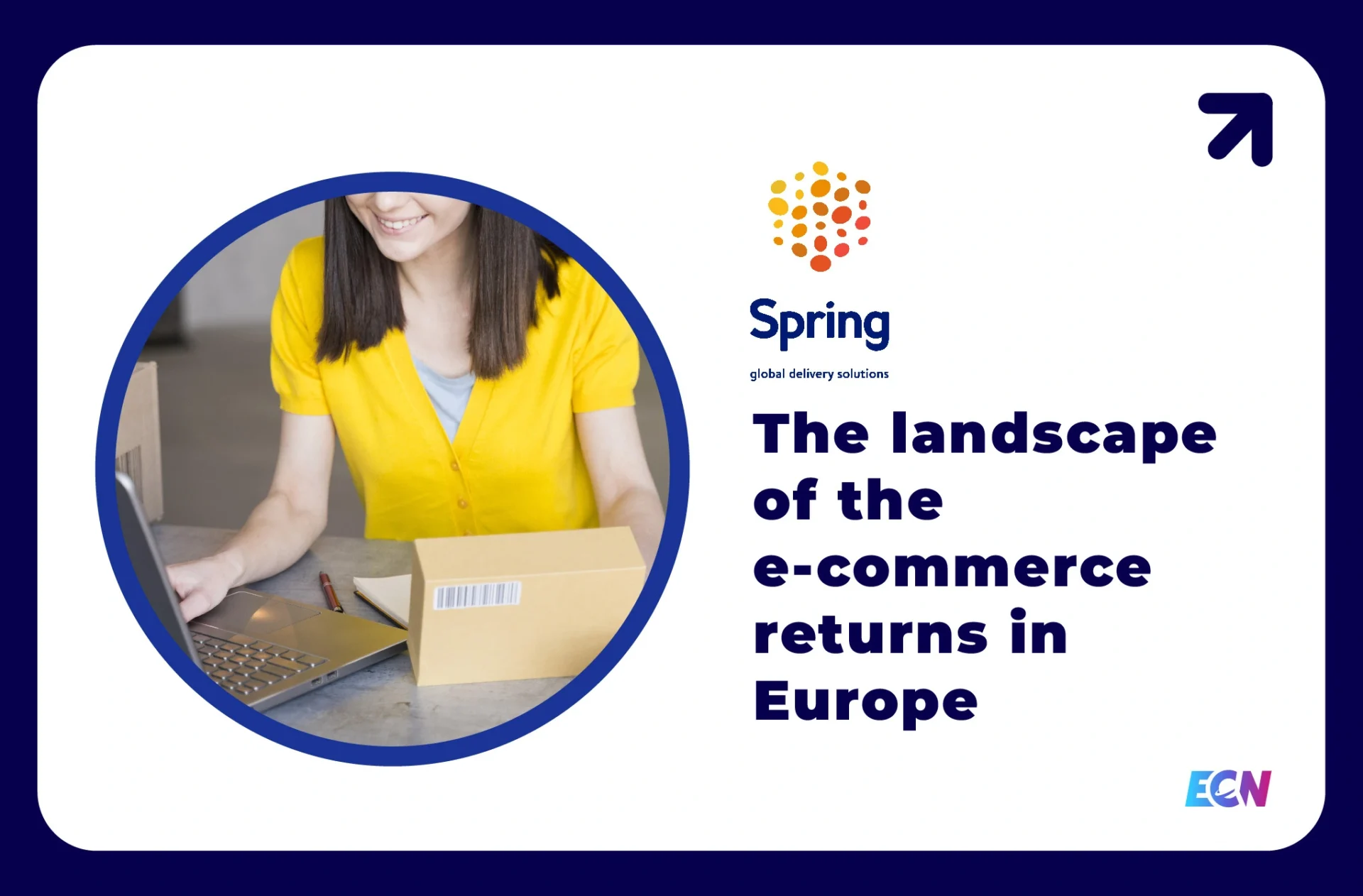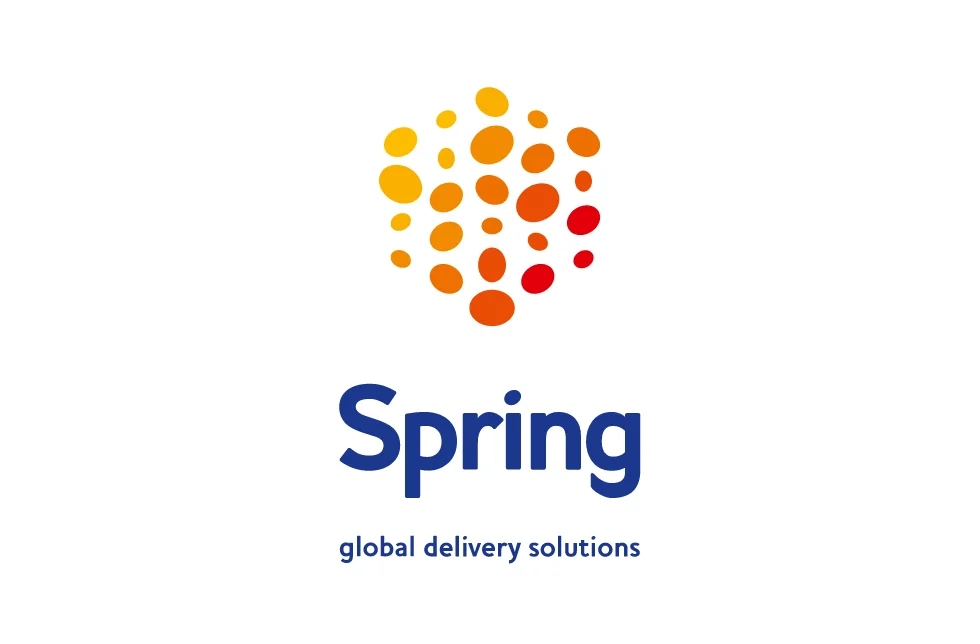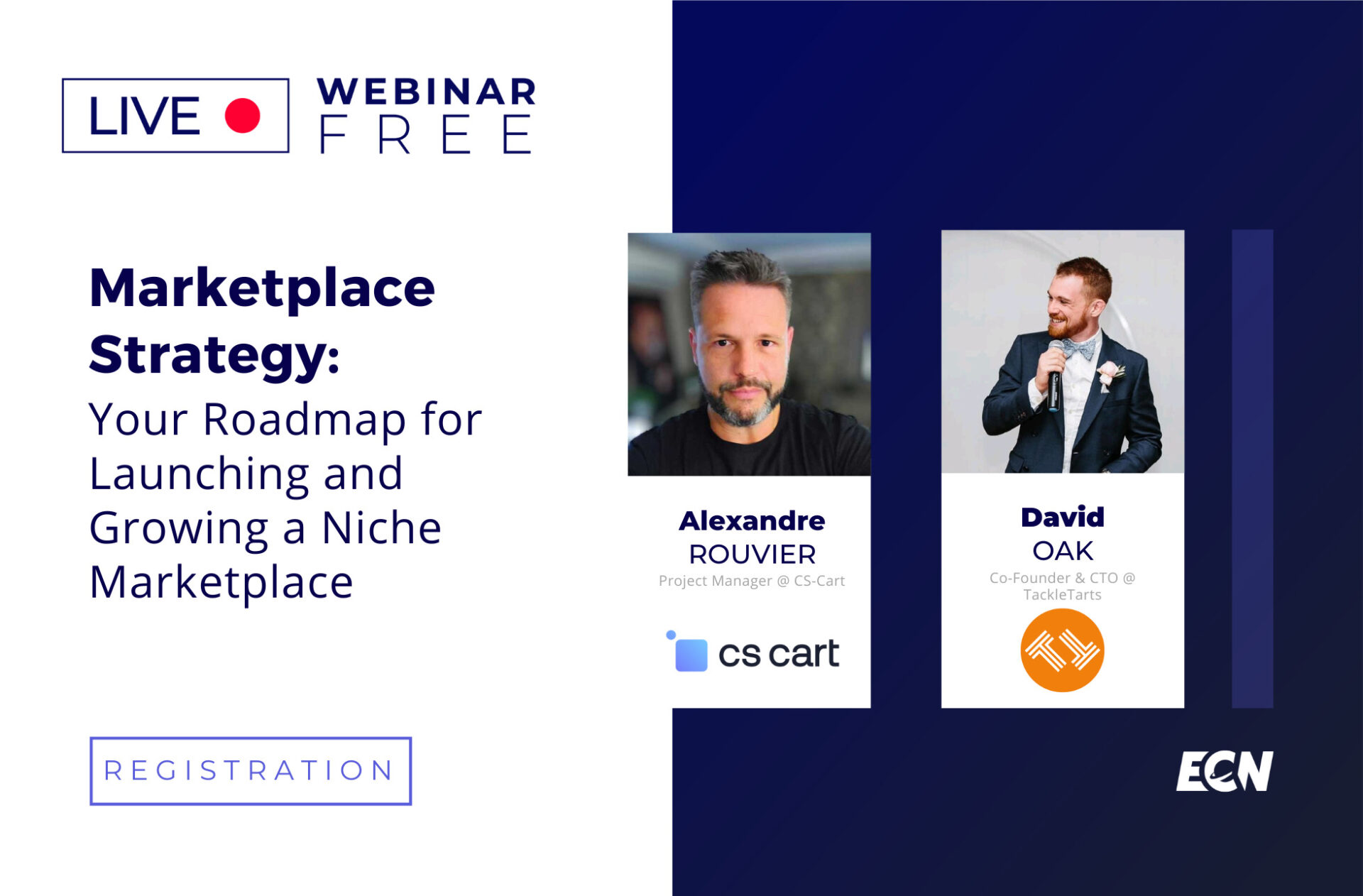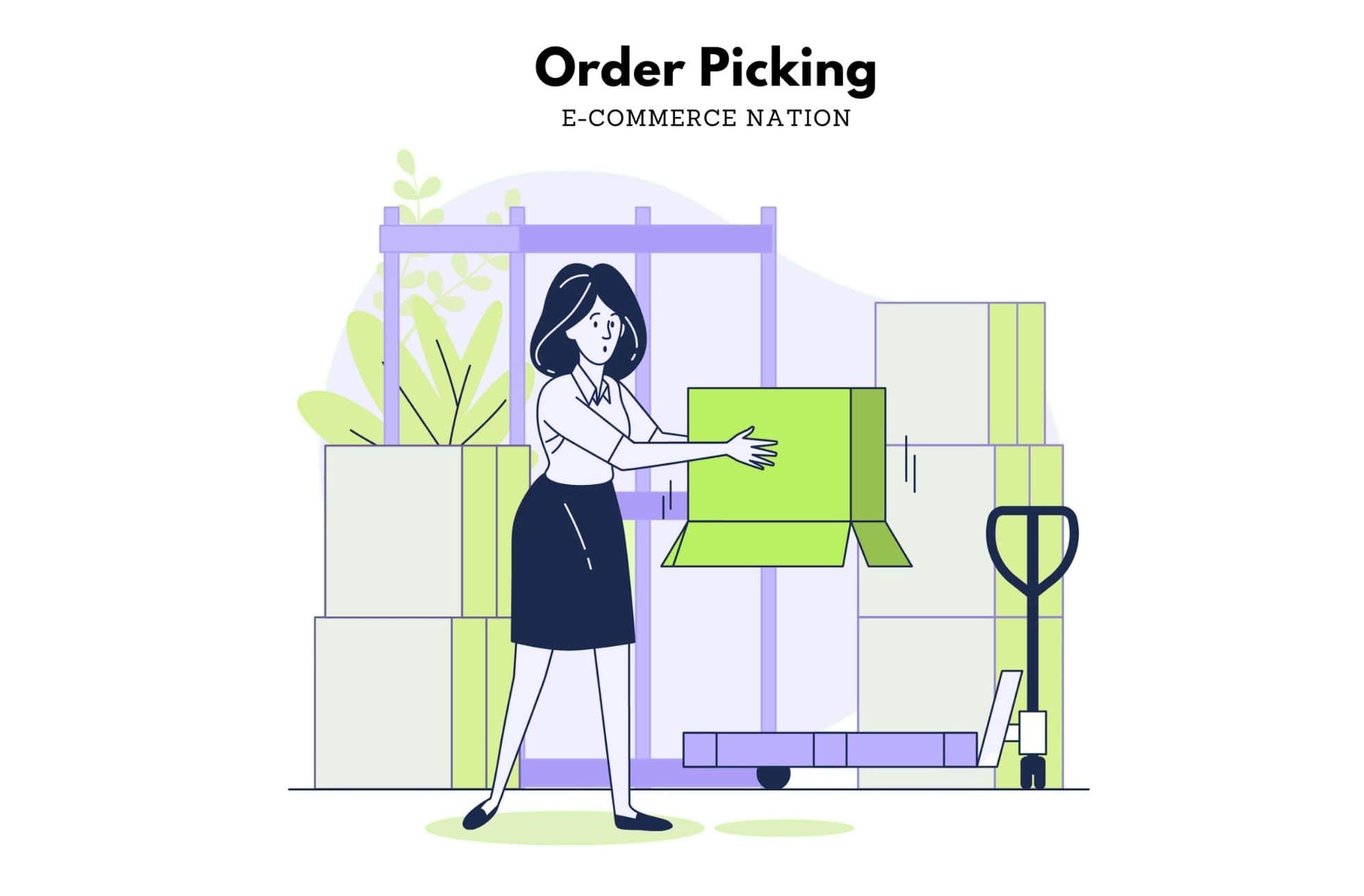One of the key elements in building trust with your customers is identifying how those customers behave. Hofstede identified 6 key elements of cultural difference, and we can use these as a framework to begin to think about potential marketing for international e-commerce.
Hofstede’s Cultural Dimensions
Hofstede’s cultural dimensions are:
– Power Distance – the extent to which the less powerful members of organizations and institutions (like the family) accept and expect that power is distributed unequally.
– Individualism vs. Collectivism – the degree to which people in a society are integrated into groups.
– Uncertainty Avoidance – a society’s tolerance for ambiguity.
– Masculinity vs. Femininity – a preference in society for achievement, heroism, assertiveness, and material rewards for success; versus a preference for cooperation, modesty, caring for the weak, and quality of life.
– Long-term vs. Short-term – the extent to which individuals within the culture focus on the short-term and immediate consequences versus taking a long-term focus.
– Indulgence vs. restraint – a society that allows relatively free gratification of basic and natural human desires related to enjoying life and having fun; versus a society that controls gratification of needs and regulates it by means of strict social norms.
A full description of the different dimensions, and examples of how they can be applied to international e-commerce, can be found here.
Branding
It is important that your branding is in line with your market, as well as staying true to your brand message. Many companies keep a consistent look and feel across all international sites, making only small adjustments to content to suit local conditions. An example of this would be Amazon, the .co.uk site looks much the same as the .d, and the .es etc.
However, when operating in vastly different international e-commerce markets, such as Asia or Africa, it may be necessary to completely change the branding to fit in with the market. An example of this would be TaoBao and AliExpress, both are owned by Alibaba, but one is aimed at the Chinese market, and the other is the US.
Payments
If you provide customers with the option to pay in the way they are used to, they are more likely to trust you. In Europe and America, card payments and PayPal are popular methods for purchasing online. This is not the same across all countries, however. In India for example, COD (cash on delivery) is one of the most commonly used methods. This is where a customer order a product online, and then pays the courier once it is delivered. China too has a different model, preferring prepaid apps (such as WeChat Wallet or AliPay).
If the only way you could pay for a product on a website was through a method you were not familiar with, would you trust it? Or would you look for an alternative elsewhere?
For more information on why payment gateways are so important click here. We have also compiled a list of the most popular payment gateways in different countries, which can be found here.
Trust Symbols
Trust symbols act as a third-party endorsement. Some of the most common are Norton, McAfee, PayPal Verified, and Google Trusted Store. While not all of these are specific to international e-commerce, but rather are synonymous with internet protection. Being certified by companies that are themselves well-trusted is a powerful tool for increasing trust.
Reviews
If company endorsement is a good tool, peer endorsement is a sledgehammer. People trust other people who they view as similar to them. The benefits of customer reviews are well documented, but still, too many companies fail to take full advantage.
Google has recently changed its “trusted stores” program to “customer reviews”, so this is likely to play an even larger role in SEO too. You can thus use reviews to boost your international e-commerce store and for gaining trust.
Be Accessible
Make sure you are available to your customers. If customers feel as though you are absent, they will feel uncomfortable buying from you. Whether that is via social media, online chat, email, or phone. Make sure that if they want to contact you, they can.
The Little Things
Building trust is all about knowing your market and getting the details right. As with everything in international e-commerce, it is about marginal gains. If you notice that competitors in target markets do something slightly differently, test to see if it will lead to a gain for your site.
Webinar
Want to rewatch the full webinar? Check it out here:
httpss://www.youtube.com/watch?v=ndmrRe_RwZs&feature=youtu.be
What is your best tip for gaining the trust of customers when doing international e-commerce? Share it with us below or Tweet us!

